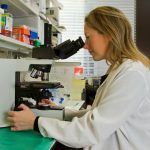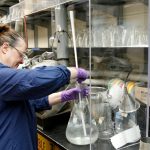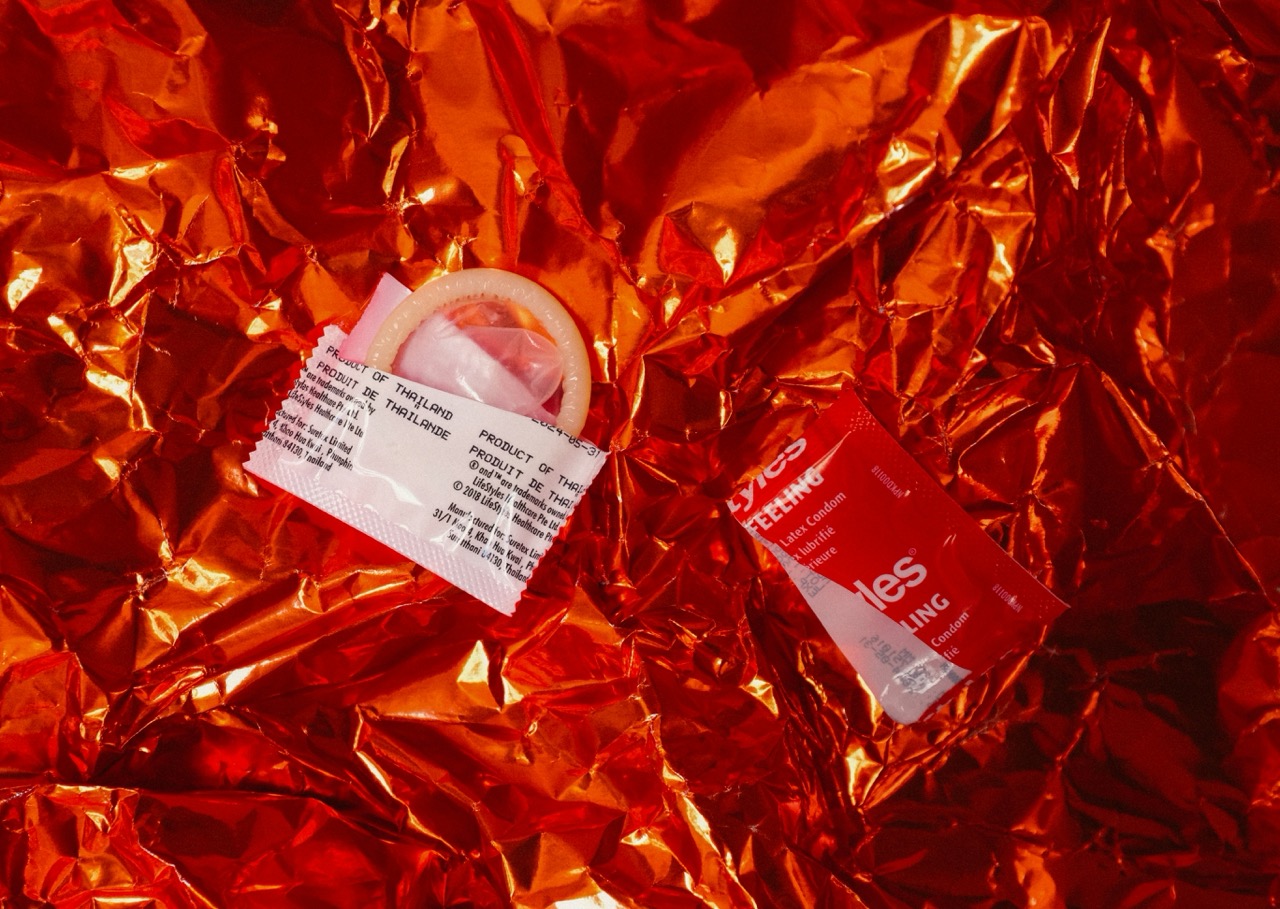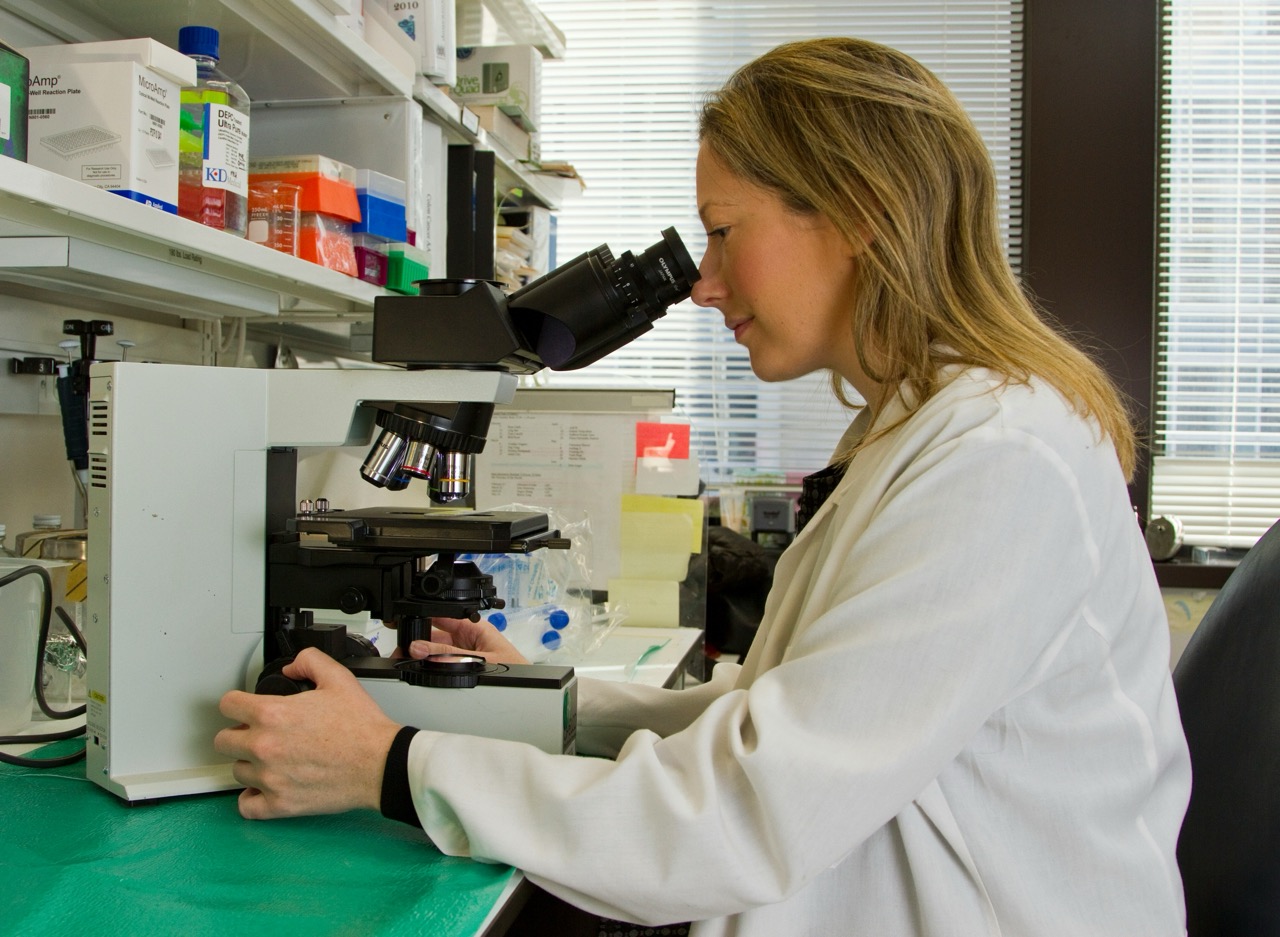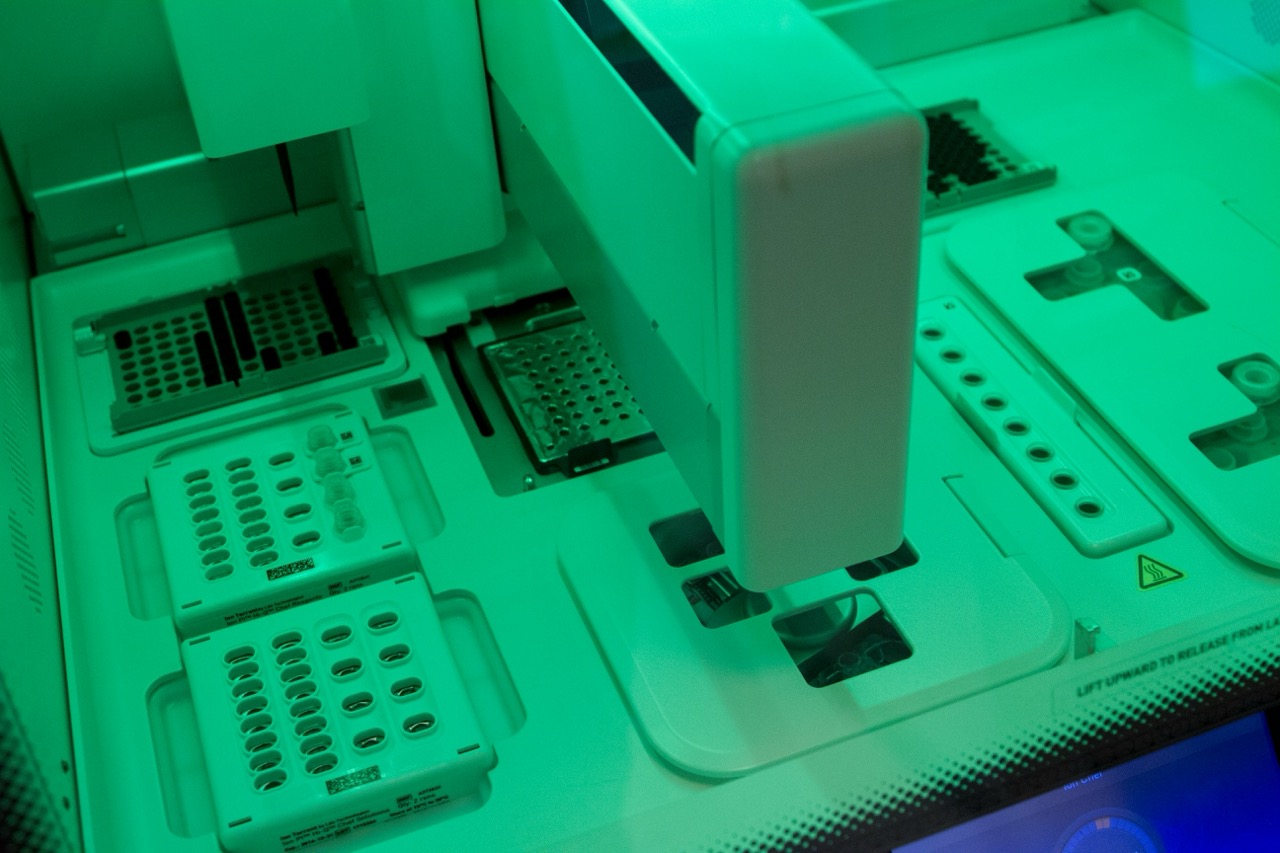Human Papillomavirus (HPV) is one of the most common sexually transmitted infections globally, with implications for various cancers, particularly cervical cancer. Despite its widespread prevalence, many people remain unaware of its modes of transmission and the factors that may influence its severity. One area of interest in the study of HPV is the potential impact of environmental factors, such as ultraviolet (UV) radiation from the sun. This article explores the relationship between HPV and sun exposure, examining whether UV radiation affects the behavior of the virus.
Understanding HPV: A Brief Overview of the Virus
HPV comprises over 200 related viruses, of which approximately 40 are transmitted through direct sexual contact. These viruses are categorized into low-risk strains, which can cause benign conditions like warts, and high-risk strains, which are linked to various cancers, including cervical, anal, and oropharyngeal cancers. The virus is typically asymptomatic, making it challenging for individuals to know they are infected. Most HPV infections resolve spontaneously within a couple of years; however, persistent infections with high-risk strains can lead to serious health issues.
HPV is primarily spread through skin-to-skin contact during vaginal, anal, or oral sex. Vaccination has emerged as a significant tool in the prevention of HPV-related diseases, with vaccines available that target the most common high-risk strains. The development of cervical screening programs has also contributed to the early detection of HPV-related cancers, leading to better outcomes. Despite these advancements, the stigma surrounding HPV remains, often preventing individuals from seeking information and treatment.
Understanding HPV’s biology is crucial for studying its interactions with environmental factors. The virus possesses a unique ability to evade the immune response, and its lifecycle is influenced by various biological and environmental conditions. Researchers continue to investigate how external factors, including UV radiation, might modify the virus’s behavior or the severity of the infections it causes.
The Role of UV Radiation in Viral Infections
Ultraviolet (UV) radiation is known for its detrimental effects on human skin, primarily inducing sunburn and increasing the risk of skin cancers. However, UV radiation also influences viral infections and immune responses. Some studies suggest that exposure to UV light can impair the immune system’s ability to fight off infections, potentially allowing viruses like HPV to persist longer in the body. UV radiation can cause direct damage to the DNA of skin cells, leading to mutations that may facilitate the development of skin cancer, especially in individuals with a compromised immune system.
Additionally, UV radiation has been shown to have an indirect effect on the immune system. It can lead to systemic immunosuppression, which may decrease the body’s ability to control viral infections. This suppression can be particularly significant in individuals with pre-existing conditions or those who are immunocompromised. As a result, the relationship between UV exposure and the immune response against viral infections is a critical area of ongoing research.
While the direct effects of UV radiation on HPV specifically remain less understood, other viruses, such as the herpes simplex virus, have demonstrated susceptibility to UV exposure. These insights prompt further investigation into whether UV radiation could modulate the replication or transmission of HPV, potentially influencing the overall burden of HPV-related diseases.
Exploring the Link Between Sun Exposure and HPV
Research exploring the connection between sun exposure and HPV is still in its infancy, but preliminary studies have suggested intriguing possibilities. Some findings indicate that ultraviolet light may have the capacity to enhance the activity of HPV in certain contexts, particularly in immunocompromised individuals. For example, individuals with a history of skin cancer or those who undergo immunosuppressive therapies could potentially experience an increased risk of HPV-related conditions due to their altered immune responses.
Conversely, other studies suggest that adequate sun exposure may have a protective effect against HPV-related diseases by stimulating the production of vitamin D, which plays a role in immune function. Vitamin D is known to enhance the body’s immune response, potentially lowering the risk of persistent HPV infections. However, the relationship between vitamin D levels, sun exposure, and the risk of HPV remains complex and warrants further research to clarify the underlying mechanisms.
Moreover, the role of lifestyle factors such as sexual behavior, personal hygiene, and overall health cannot be overlooked when considering the link between sun exposure and HPV. Individuals who practice safe sex and maintain overall health may mitigate some risks associated with both UV exposure and HPV infection. Therefore, it is essential to consider this multifaceted relationship when examining the potential effects of sun exposure on HPV.
Preventative Measures Against HPV and UV Risks
Preventing HPV infections and mitigating the risks associated with UV radiation requires a multifaceted approach. Vaccination against HPV remains one of the most effective strategies to prevent the virus’s transmission and related diseases. The HPV vaccine is recommended for preteens, but it is also beneficial for individuals up to age 45. Awareness campaigns aimed at educating the public about the importance of vaccination and routine screenings can significantly reduce the incidence of HPV-related cancers.
In addition to vaccination, practicing safe sex is crucial in reducing the risk of HPV transmission. This includes using condoms and dental dams, limiting the number of sexual partners, and engaging in mutual monogamy. Furthermore, regular cervical cancer screenings for women can help in early detection and treatment of precancerous changes caused by HPV, thereby improving health outcomes.
When it comes to sun exposure, protective measures such as wearing broad-spectrum sunscreen, protective clothing, and avoiding tanning beds are essential in minimizing the risks associated with UV radiation. Regular skin examinations can help identify any unusual changes early, while promoting vitamin D levels through diet or controlled sun exposure can support overall immune health. By combining these strategies, individuals can better protect themselves from both HPV and the harmful effects of UV radiation.
The interplay between HPV and sun exposure highlights the complexity of viral infections and the various factors that can influence their behavior. While research on the direct effects of UV radiation on HPV is still developing, it is clear that both HPV prevention and UV safety are critical components of public health. By promoting vaccination, safe sexual practices, and sun safety, individuals can take proactive steps to reduce their risks of HPV-related health issues and the damaging effects of UV radiation. Continued research is essential to deepen our understanding of these interactions, ultimately guiding more effective prevention strategies.

